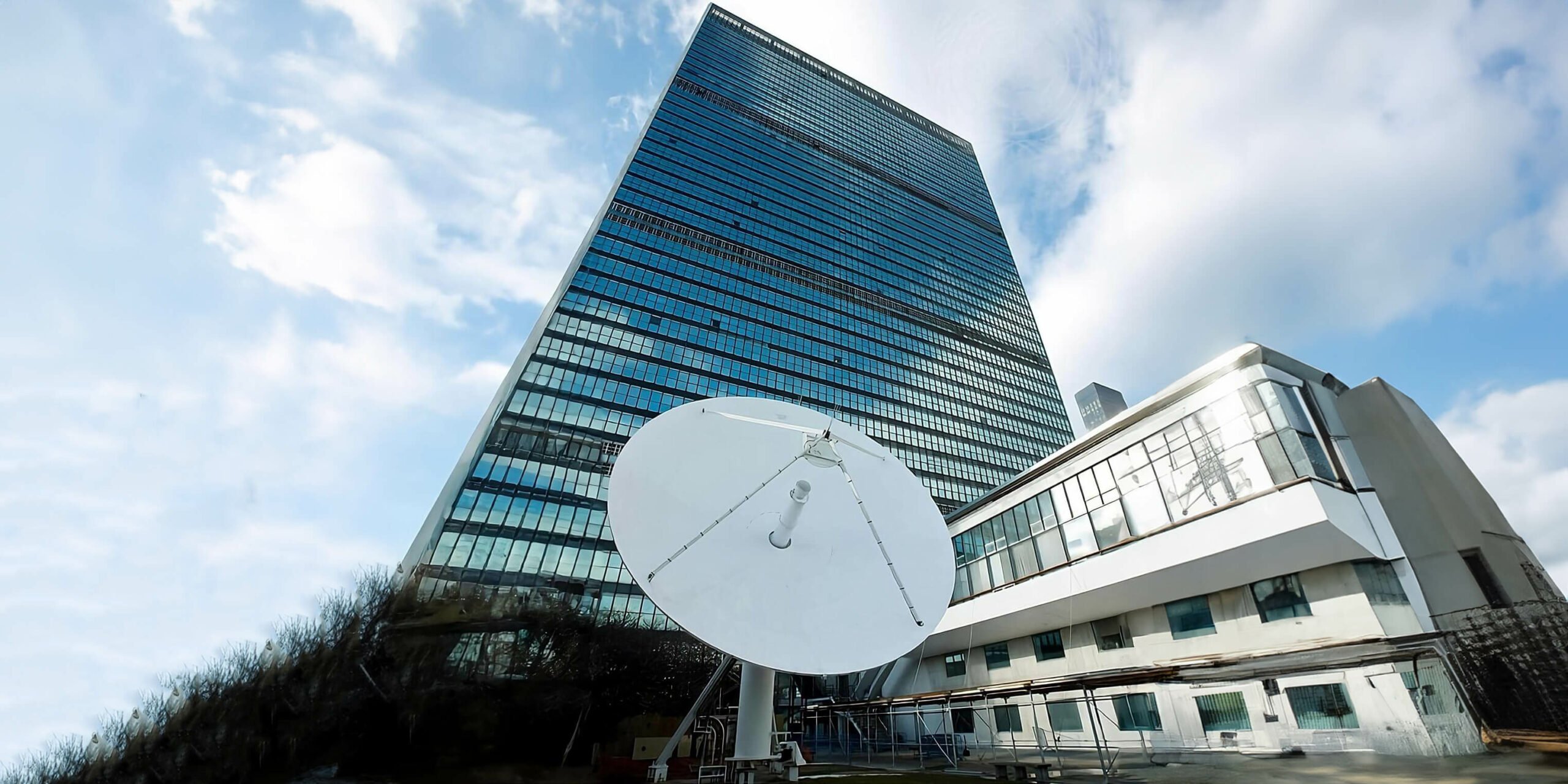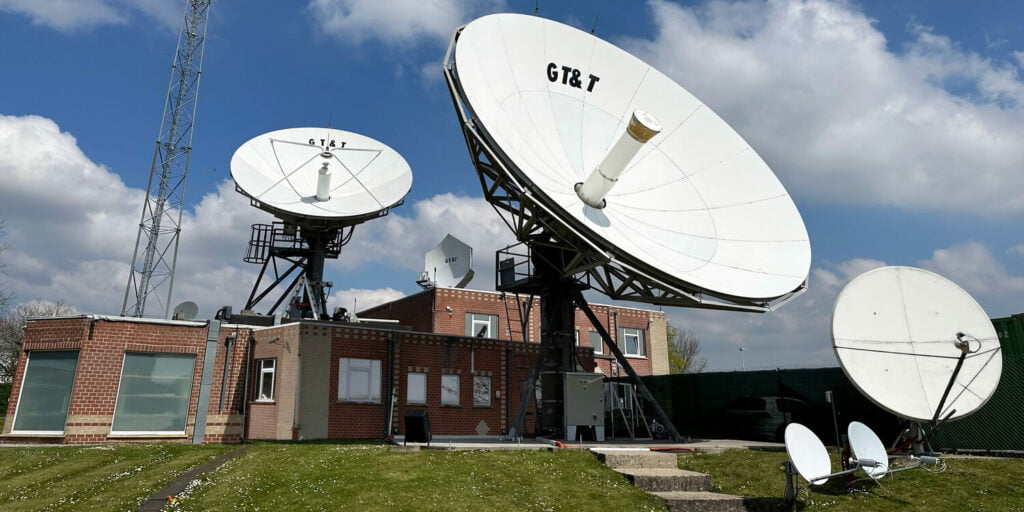
Satellite TV broadcasting has revolutionized the way private TV studios and community groups share their content. Whether it’s sports, religious programming, university lectures, or sales promotions, satellite technology enables local programming to reach a broader audience. By transmitting high-quality content via satellite, these groups can connect with their members and communities more effectively than ever before. This guide explores the benefits of satellite TV broadcasting, the production and transmission process, and how it ensures affordable, widespread access for viewers.
Benefits of Satellite TV Broadcasting
- Wider Audience Reach: Broadcasting via satellite allows the TV channel to reach a larger audience quickly.
- Cost Efficiency for Viewers: While it might be more expensive for the TV channel operator, the cost for individual viewers is significantly lower.
- High-Quality Transmission: Satellite broadcasting ensures a high-quality signal, improving the viewer experience.

Local Community Television
Satellite TV broadcasting offers a unique opportunity for private TV studios and community groups—such as sports clubs, religious organizations, universities, and sales promotion teams—to create and share local programming. This localized approach allows for content that resonates deeply with the community.
Production and Transmission
These private studios produce their TV channels with the aim of broadcasting them via satellite to reach their members across a broad region. The content is first transmitted from the TV studio to the GTT headquarters. From there, it is broadcast via satellite transmission to local broadcasting stations.


TV Transmitters and Reception
To ensure widespread coverage, TV transmitters are strategically placed on buildings that are four storeys high or taller in every city and village. These transmitters have a range of up to 25 kilometers, ensuring that the signal reaches nearby towns and villages. Each local station then rebroadcasts the satellite signal to cover a network of 10-15 villages or cities.
Affordable Reception for Viewers
One of the significant advantages of satellite TV broadcasting is its cost-effectiveness for viewers. Individuals do not need special antennas to receive the signal; their standard TVs can pick it up directly. Moreover, members can receive the channel via a small, low-cost 70cm DTH dish that supports both analog and digital formats.

Satellite TV broadcasting is an effective solution for community groups looking to share their content widely and efficiently. By leveraging satellite technology, local programming can achieve a broader reach and provide high-quality entertainment and information to a diverse audience.

